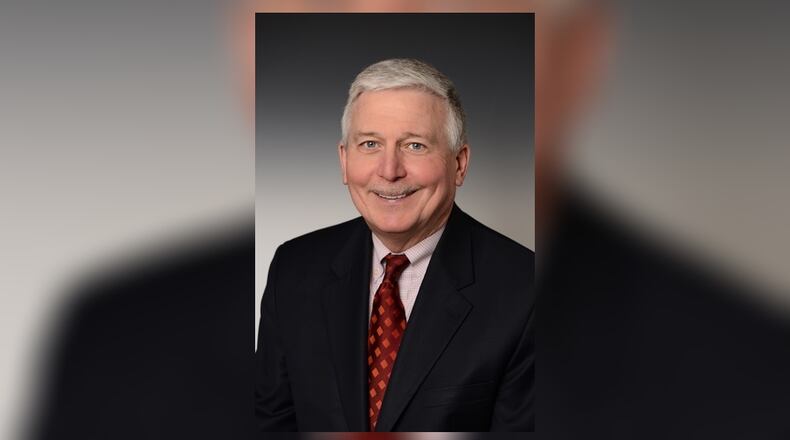Most of the pioneers who took part in public affairs in our state’s earliest days identified with Jefferson’s Democratic-Republican Party – the states’ rights party of that time.
The farmers and frontiersmen who carved Ohio from the Northwest Territory distrusted the elite, big-money interests that dominated politics in the Atlantic states that emerged from the original 13 colonies.
They also wanted no part of the authoritarianism that dominated the political cultures of the Southern slaveholding states.
Ohio’s founders insisted on putting strong curbs on official authority. Our state’s first constitution of 1802 made that principle very clear.
The governor was made a figurehead. State lawmakers were put on tight leashes – one-year terms for state representatives, two-year terms for state senators.
Our second constitution, adopted in 1851, expanded popular sovereignty in several ways, including a requirement that all state executive officeholders, county officeholders, and state and local judges be elected by the people.
In subsequent decades, Ohioans saw the need for much more governmental reform, especially in the late 19th and early 20th centuries.
This was the era of big corporations, monopolies and trusts dominating much of the American economy – limiting competition, controlling prices, and buying the loyalty of party bosses, state lawmakers and city halls.
Reformers within both major political parties emerged and pushed for the state constitutional convention of 1912, which produced the most extensive reforms in Ohio history.
That fall, Ohioans adopted the initiative and referendum, a system of civil service, municipal home rule, reform of the civil jury system and 30 other reform amendments.
In later decades of the 20th century, Ohioans adopted many more restraints on governmental power, including:
- A 15-mill limit on unvoted real estate taxes (1929).
- A 10-mill limit on unvoted real estate taxes (1933).
- Elimination of straight-ticket voting (1949).
- Limiting the governor to two successive terms (1954).
- County home rule (1957).
- Equal population of state legislative districts (1967).
- Term limits for all executive and state legislative officeholders (1992).
Ohio’s spirit of trusting citizens more than politicians continues to the present day.
Last year, in an August special election, Ohioans stomped a ploy by Statehouse power brokers to require a 60% vote to approve state constitutional amendments.
And, in November, Ohioans approved an amendment empowering themselves to make personal reproductive decisions.
This year, that same spirit drives the movement to pass State Issue 1, to reform Ohio’s redistricting process, which has been abused by Statehouse pols since the 1830s.
The need for reform has never been more apparent. Over the past two decades, legislative leaders have been more brazen in drawing political maps that are geographic absurdities – the most gerrymandered in Ohio history.
With complete control of all branches of state government, and no institutional check on their power, Ohio Republican leaders even adopted dishonest ballot language designed to defeat Issue 1.
“Libertarians have known all too well that when Ohio’s GOP power brokers get nervous about someone else taking power, they cheat to win,” the Libertarian Party observed last year. The Libertarian Party officially endorsed Issue 1 this week.
The libertarian-conservative Cato Institute has observed that redistricting must be entrusted to “those without a vested interest. Voters should choose legislators, not the other way around.”
State Issue 1, sponsored by Citizens Not Politicians, would accomplish that goal. It would entrust the drawing of congressional and state legislative maps to a 15-member, independent commission.
For the first time, Ohio’s legislative maps would be drawn in the sunshine, in full public view, with full public participation.
Ohio would join a growing number of states insisting upon an honest, open process for redistricting.
Passage of State Issue 1 would uphold Ohio’s proud tradition of trusting its citizens.
Mike Curtin is a former Editor and Associate Publisher for the Columbus Dispatch, and a former two-term State Representative who served on the Ohio Constitutional Modernization Commission.
About the Author
